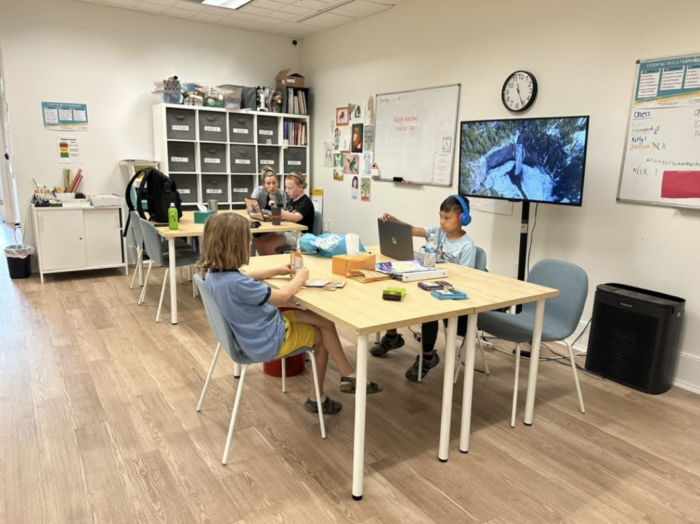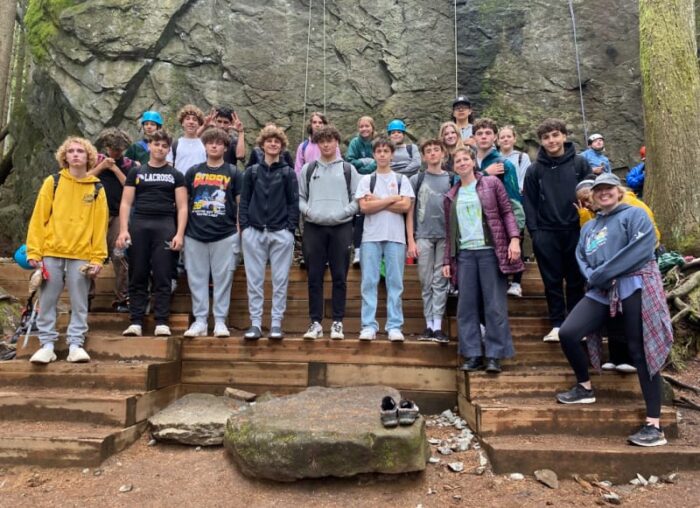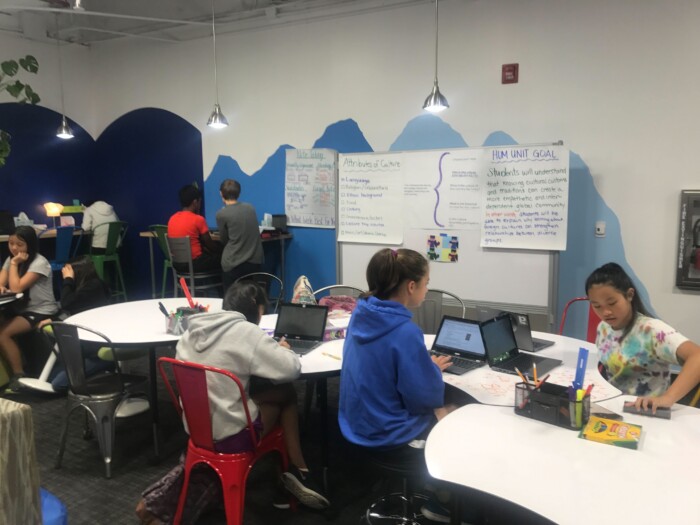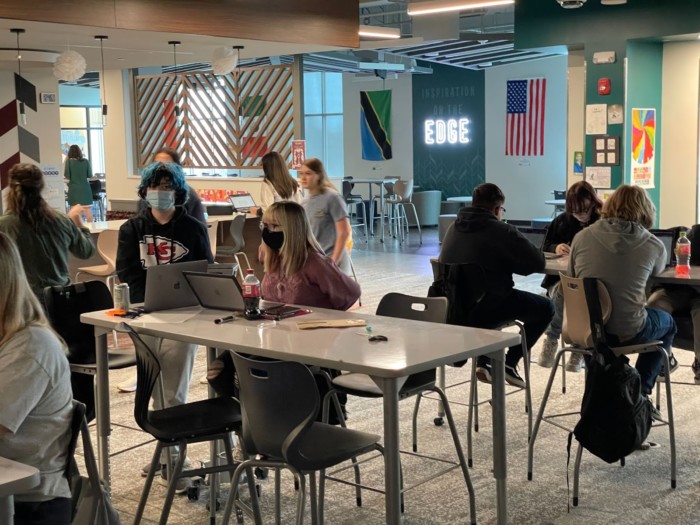Getting Smart Collective, a nonprofit dedicated to advancing educational equity and innovation, has been a key force in reimagining learning for over a decade. As a leader in the national conversation on the future of learning, we collaborate with schools, organizations, and community partners to champion learner-centered solutions through impactful advocacy, storytelling, and initiative building. Our work deepens understanding, inspires change, and drives lasting impact in the field—ultimately contributing to a more equitable future for all learners.
Learner-Centered Collaborative is a non-profit led by educators who envision education ecosystems where all learners know who they are, thrive in community, and actively engage in the world as their best selves. We partner with educators to define whole learner outcomes, design meaningful learning experiences, and create the enabling conditions for learner-centered education. Through deep partnerships with schools and districts across the country, we have supported the design and implementation of public microschools where educators are innovating new models that can scale across the system.
Transcend is made up of a team of educators, innovators, and changemakers with experience as school and system leaders, working toward a vision where every young person can learn in ways that enable them to thrive in and transform the world. The organization is unified in the mission to support school communities to create and spread extraordinary learning for all. We do this through model sharing, professional learning, and community-centered school design with many types of schools, including microschools. In partnership with the University of Tulsa, we have developed guidance for school system leaders who want to create microschools in their communities.
Introduction: Public Microschools—A Transformative Strategy for System Leaders
At this pivotal moment in American education, public microschools provide a transformative approach to meet the evolving needs of learners and the rapidly changing demands of the workforce. These small, agile learning environments provide a scalable solution for modernizing education, allowing educators and leaders to flexibly pilot, refine, and expand next-generation learning approaches.
Unlike large, more rigid structures, public microschools can empower school systems to innovate quickly and intentionally while offering expanded options for learners, families, and educators. With thoughtful planning, public microschools can serve as a strategic lever for broader innovation, paving the way for a more responsive and future-ready education system.
The Public Microschool Playbook was co-created by Getting Smart Collective, Learner-Centered Collaborative, and Transcend. Rooted in our collective expertise and shared experience across the microschool landscape, we offer this roadmap for system leaders to design, launch, and sustain microschools that can transform the opportunities of the learners and communities they serve.
Before diving into implementation, we explore why microschools are emerging as a critical response to shifts in education and the workforce, discuss how they serve as incubators for innovation, and describe what sets them apart. We begin by outlining the microschool landscape and key benefits, illustrating how these models can empower educators and leaders to create learning environments better aligned with the challenges and opportunities of the future.
Who The Guide is For
The Public Microschool Playbook is designed primarily for system leaders like you who are exploring microschools as a strategy for innovation and system transformation. These systems include local education authorities, such as school districts, public charter networks, autonomous public charter schools, and tribal schools, as well as intermediate units like Regional Educational Services Agencies.
However, system leaders cannot do this work alone. Microschools thrive within a broad ecosystem of partners—from nonprofit leaders and community organizations to policymakers and philanthropists—who help shape the conditions for their success. This guide speaks to all of them.
This playbook is crafted for system leaders and partners who seek to:
- Serve students differently through specialized models like project-based learning, learner-directed pathways, and real-world experiences.
- Modernize your systems with flexible schedules, multi-age groupings, and competency-based progressions that prioritize mastery over seat time.
- Expand access to personalized learning, especially for historically underserved students and communities.
- Retain and grow enrollment by offering more adaptable, specialized, and welcoming learning environments within the public system.
- Drive rapid innovation by using microschools as R&D hubs that iterate and scale promising practices.
- Strengthen college and career readiness through personalized pathways, internships, and work-based learning.
The Playbook also offers insights for:
- Educators and teacher leaders who want to integrate microschool-inspired practices into existing programs.
- Nonprofit leaders and community partners that provide resources, expertise, and local support to co-design solutions and unlock local assets.
- State policymakers and policy influencers who enable regulatory flexibility, funding pathways, and supportive policies to identify opportunities for innovation
- Philanthropic and education innovation organizations that invest in learner-centered models to highlight where targeted investment can drive system impact.
Public school systems can lead the way toward a more agile, inclusive, and learner-centered system, but only if we work together. By aligning efforts across this ecosystem, we can remove barriers, expand opportunities, and ensure microschools fulfill their promise as a powerful force for relevance, quality for all learners, and transformation in public education.







